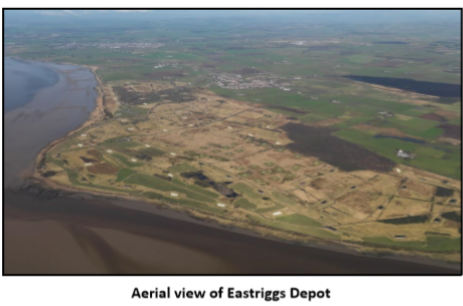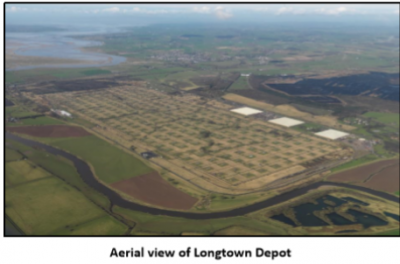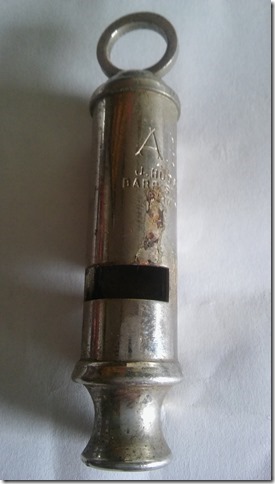
A recent object donation led to the uncovering of a lot of interesting information…
An Air Raid Precaution (or ARP) whistle from World War Two was recently donated to Museum. It was found in 1964 by the donor, an avid trainspotter, when he was just 14 years old. He found it at the bottom of a railway wagon (in a pile of old grease).
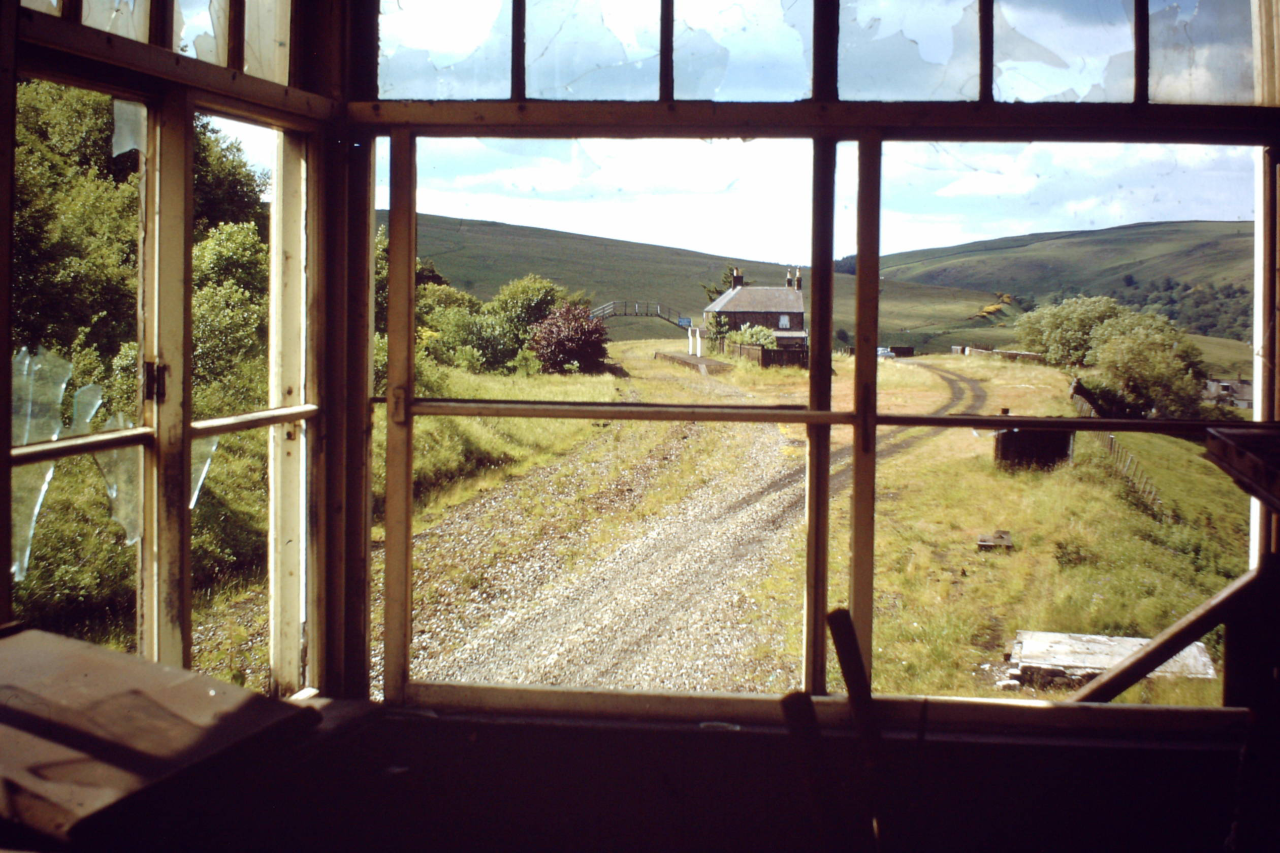
The railway line as seen from the Signal Box (photo courtesy D.Wilson).
The rolling stock had been left on a railway siding near Shankend on the Old Waverley Line, eleven miles South of Hawick and had interesting markings on the side of it which is why he thought the whistle should be donated to The Devil’s Porridge Museum with its focus on the history of Longtown, Gretna, Eastriggs and surrounding areas in both World Wars and beyond. On the wagon was written “W.D.Ordnance Gretna” with faded red “Explosives” warnings on each side of it.
In World War Two, Eastriggs and Longtown were the site of ammunition stores (or depots) and we know munitions were transported from them to the North African Campaigns, to Normandy for D-Day and to the USSR via the Atlantic Convoys.
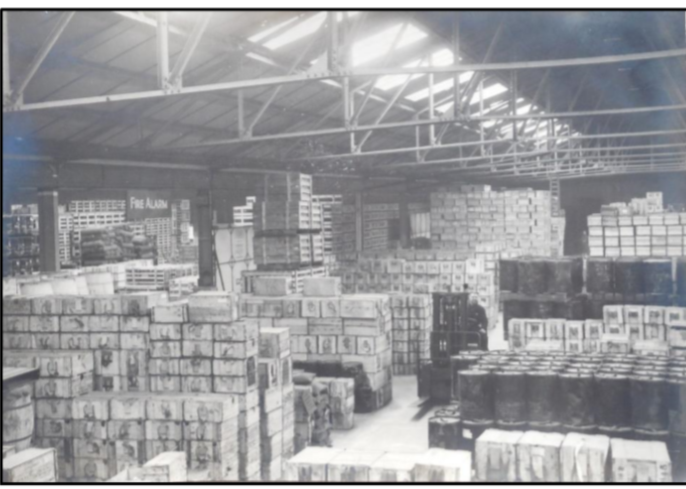
Munitions storage at either Eastriggs or Longtown depot (photograph probably after World War Two).

The Arctic convoys transported items to the USSR (including munitions which had been stored at Eastriggs and Longtown).
It seems munitions regularly travelled north from our region as the object donor writes,
“…during WW2, at night freight trains came up from Gretna Munitions Depot, and the wagons full of various Munitions were hidden in the…[mile long] Whitrope Tunnel…to protect them from being bombed…” The whistle was found in a wagon that had been abandoned after derailing during the War, it may have belonged to one of the workers from Gretna who came to reload the train after the accident.
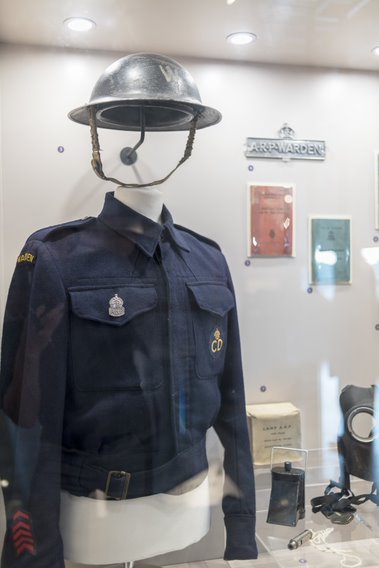
ARP display within The Devil’s Porridge Museum.
We certainly found it interesting to place the work done here in the context of the wider war and one of our volunteers shared another interesting bit of information about this section of railway line. It is located near Stobs, which was a World War One POW internment camp. Several years ago, a BBC Sound Recordist went to the railway to record steam engines but when he listened back to his recording he could hear German voices on the tape and was amazed to discover he had been standing near the cemetery where German POWs had been buried all those years ago.
For more on Stobs POW camp see: https://en.wikipedia.org/wiki/Stobs_Military_Camp
If you are interested in the History of World War Two in this region, this book (available from our online shop), may be of interest to you:

